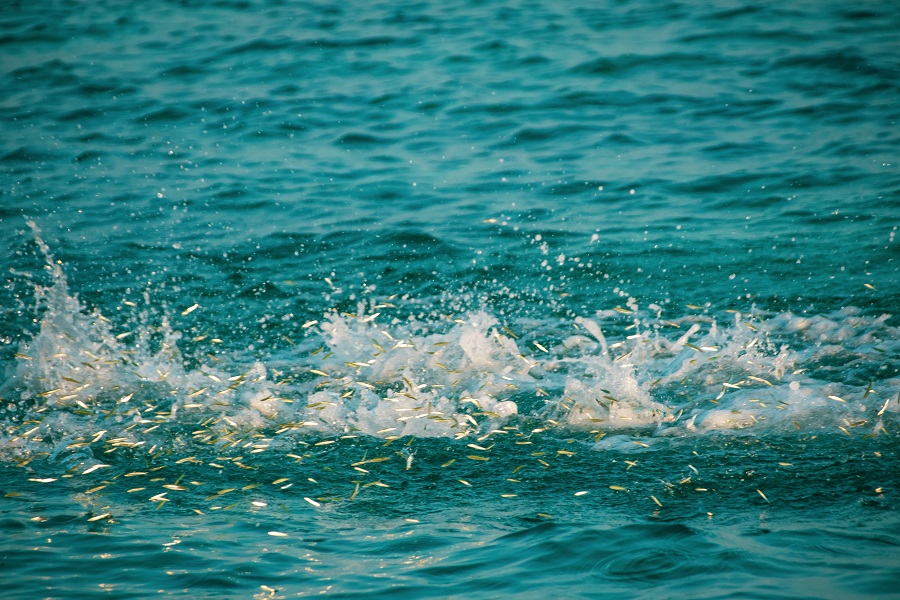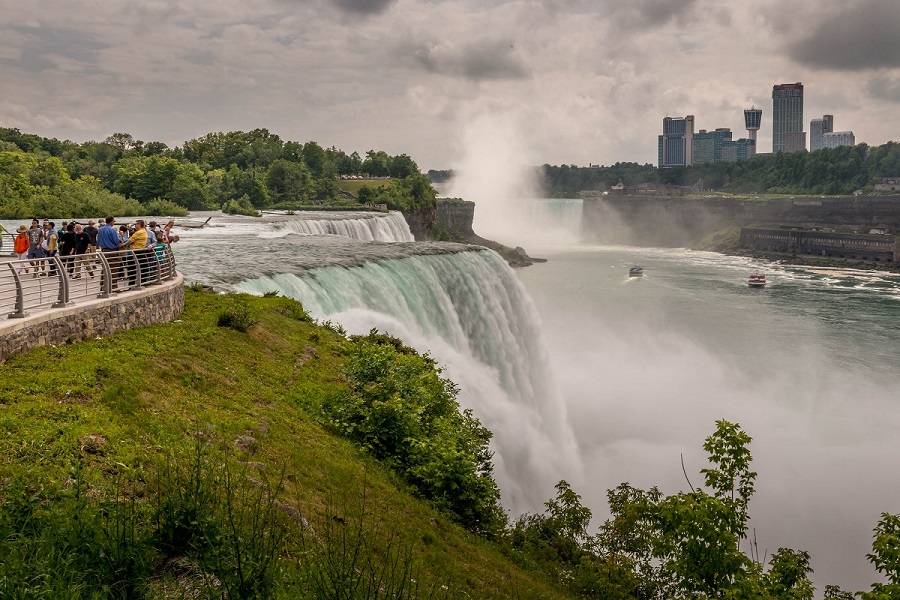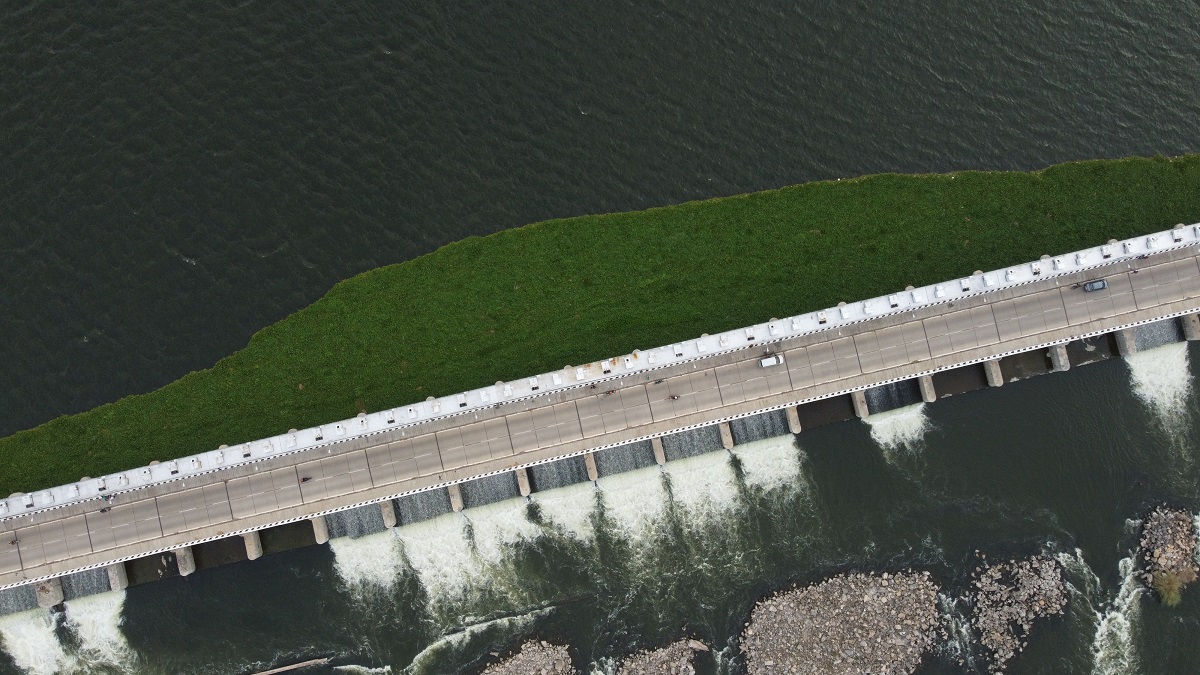Renewable hydropower is a reliable, versatile, and low-cost source of clean electricity generation and responsible water management. Modern hydroelectric power plants are helping to accelerate the clean energy transition, providing essential power, storage, flexibility, and climate mitigation services. Hydroelectric power is also a key asset for building secure, clean, electricity systems and reaching global net-zero targets. There are many benefits to implementing hydropower as a renewable source, and in this article, we will explore some fun facts about hydropower that you may find surprising and insightful.
1. Hydroelectricity is an old faithful
Hydroelectric power is one of the world’s oldest sources of energy, creating electricity when flowing water turns a turbine or wheel. It has been used by farmers since ancient Greece for mechanical chores like grain grinding to turn it into flour.
2. Hydroelectric dams use fish ladders and elevators for fish migration
Every year, millions of fish move to breed and rearing environments, including salmon, steelhead trout, shad, alewives, and sturgeon. To get to these freshwater places, some fish swim thousands of kilometers overseas and rivers. Human-made barriers, like as hydroelectric dams, often obstruct them along the journey.
Dam devices can aid fish and other species in moving freely around dams and across river sections. Fish ladders and fish elevators are two methods for assisting fish migration.

3. Hydropower is cost-effective
Hydroelectric power is less expensive than most other forms of electricity. Idaho, Washington, and Oregon, which rely on hydropower for the bulk of their electricity, enjoy cheaper energy bills than the rest of the US.
4. All states in the US use hydropower
According to the Energy Information Administration, hydroelectricity accounts for around 7% of all power generated in the United States and about half of all renewable energy, while Electricity.gov reported that Washington received more than 70% of its energy from hydropower in 2015, while 11 states received 10% or more of their energy from hydropower.
5. Hydropower is one of the cleanest sources of energy
According to an independent study, using hydropower instead of fossil fuels to generate electricity has helped to prevent more than 100 billion tonnes of carbon dioxide in only the last 50 years, far surpassing the emissions avoided by nuclear power. That’s nearly the same as the United States’ total annual carbon footprint for the next 20 years.
Hydropower has some of the lowest greenhouse gas emissions per unit of energy generated across the life cycle of a power station, as well as a slew of other environmental advantages. (The International Energy Agency’s Hydropower Special Market Report for 2021)
6. Hydropower is more efficient than fossil fuel
Many hydroelectricity turbines are up to 90% efficient, while the finest fossil fuel plants convert roughly 50% of their energy into electricity. Furthermore, between 1985 and 1990, the cost of operating a hydropower plant climbed at a slower pace than inflation, making hydropower a reasonably cost-effective electricity source.
7. Niagara Falls dam was the first dam in America
The first hydroelectric producing station in the United States was constructed at Niagara Falls in 1881 when Charles Brush linked a generator to turbines driven by the falls and utilized the energy to provide evening lights for tourists. In 1882, the first commercial hydropower plant in the United States was constructed in Appleton, Wisconsin, to provide illumination for a paper factory and many dwellings.

8. Not all dams are created equal. Some are small.
Many academics are attempting to build smaller hydropower plants that do not require big dams to operate in order to reduce environmental consequences. In 2015, the globe allocated around 3.5 billion dollars to this technology, compared to approximately 6.4 billion dollars in 2014.
9. Norway’s energy supply comes almost entirely from hydropower
Norway’s 20 hydroelectric facilities generate nearly all of the country’s electricity. One hydroelectric plant alone produces enough electricity to run Oslo’s capital city for a year. In addition, Fair Observer states that hydropower provides over half of the energy in Canada, Brazil, and Venezuela.
10. Some hydroelectric power plants are dam-less
Some facilities are quite modest and can be found next to irrigation canals. Other hydropower plants divert water via a generator rather of using a dam. ‘High head’ plants are those that employ a dam. Low-head hydropower plants are those that do not employ a dam.
In conclusion
Hydropower is critical to the future of sustainable energy. Solar, wind, and battery storage may capture the headlines, but a fundamental reality is often overlooked: without hydropower, we won’t be able to achieve substantial decarbonization of our energy system.
Like our list of fun facts about hydroelectricity? Check out this article about hydropower.

